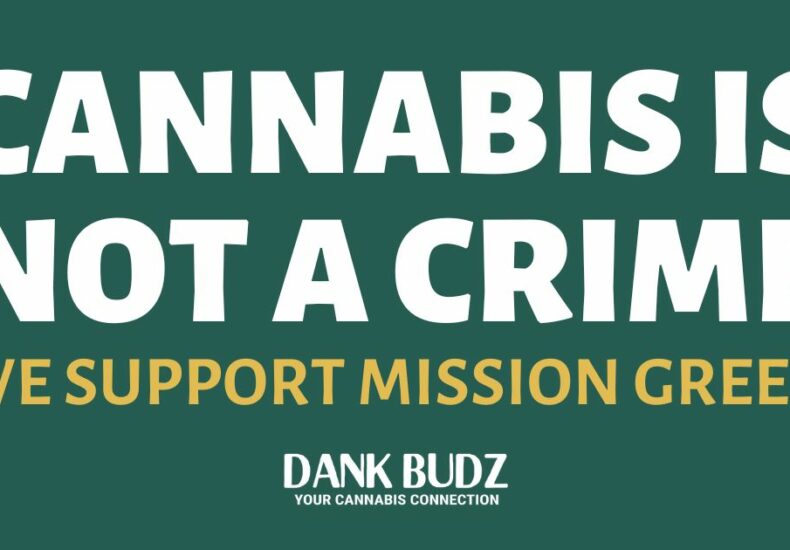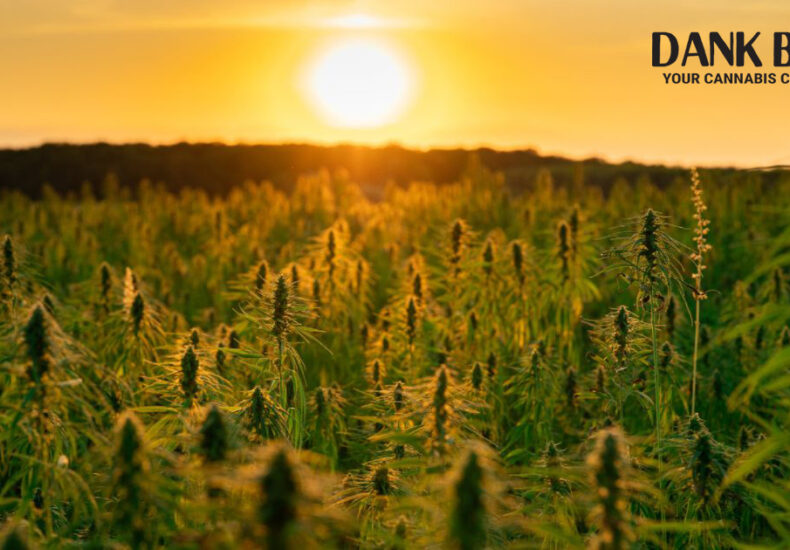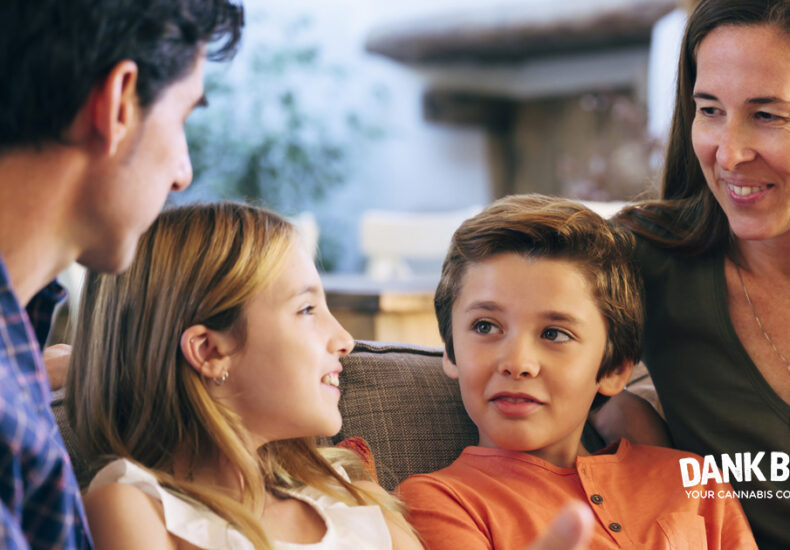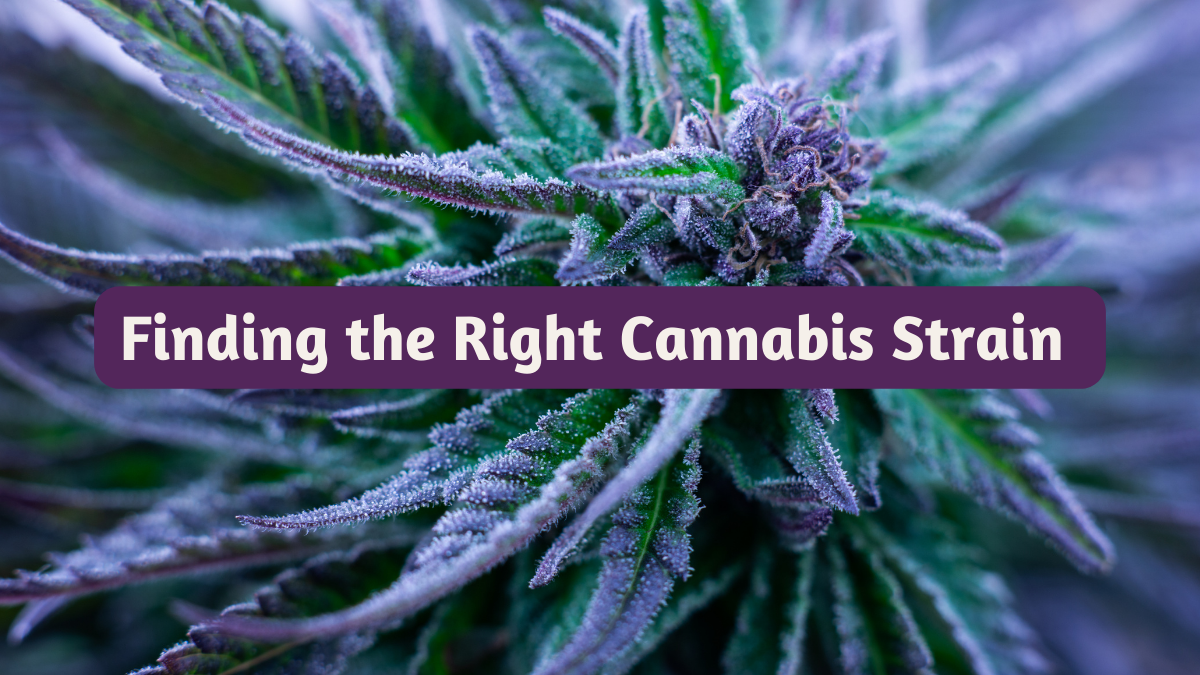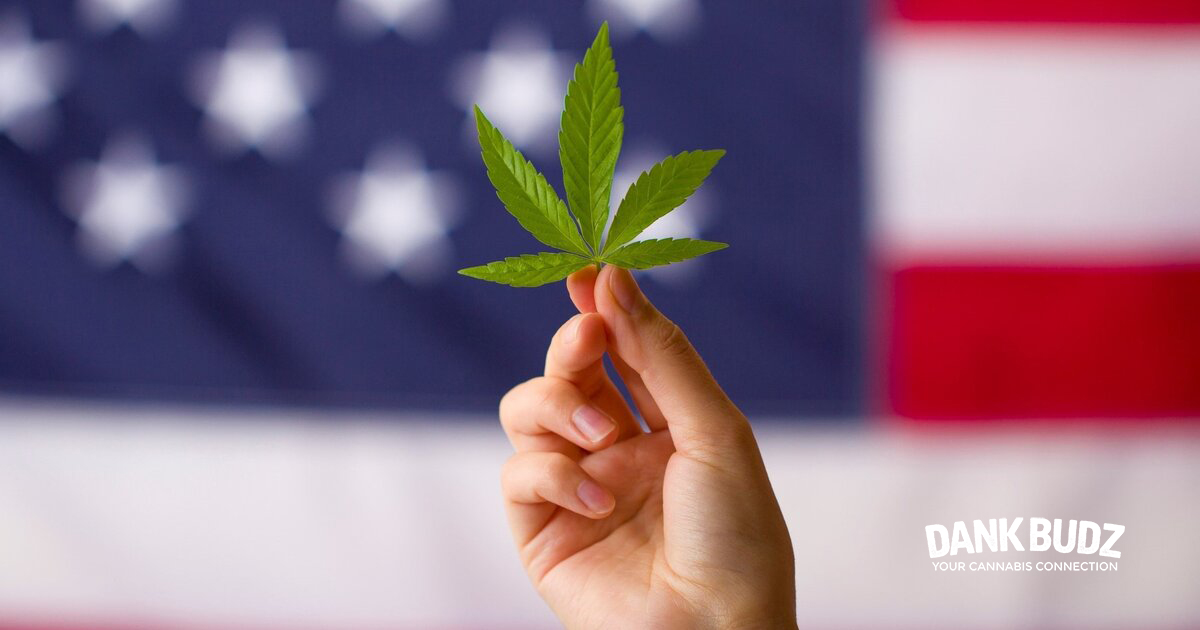
Cannabis may now be legal in many U.S. states, but it still remains illegal under federal law. At the same time, opinions on cannabis have drastically changed throughout the country. These semantic discrepancies have generated significant confusion among the American public, including even U.S. lawmakers, who are unsure how to handle cannabis issues that fall outside current federal and state regulations. However, as continued support for cannabis use grows throughout the country, the controversy around the topic needs to be addressed.
What Is Cannabis?
So, what does cannabis actually do? Is it for medicinal purposes, for pleasure, or should it not be used at all? The controversy around cannabis itself still remains well-talked-about throughout a good portion of the United States.
The CDC defines marijuana as the dried flowers and leaves of the cannabis plant which contain psychoactive compounds such as THC.
The Pros of Cannabis Use
Cannabis has a long history of medicinal use. The Ancient Egyptians were found to use cannabis as an ingredient to treat different types of inflammation and even glaucoma. The Ancient Romans wrote in their texts that they used it for earaches and other pains they would have. The medicinal benefits of cannabis have a wide range of features, from pain relief to aiding relief for muscle spasms to helping ease nausea and vomiting.
Cancer patients commonly use cannabis to aid with their nausea issues as well as lack of appetite. Many people with chronic pain and illnesses have also found the use of THC, as well as CBD, helps them immensely with their ailments. The use of THC has even been implemented in treatments for those who struggle with seizures and epilepsy. Cannabis has a wide range of features that can help with a multitude of issues. Make sure you talk to your doctor if you think it may be right for you.
The Cons of Cannabis Use
While there are many pros to cannabis, especially for those who suffer from chronic ailments, there are also some cons. Because cannabis is a dried flower, the most common way to consume it is by smoking it. Smoking marijuana has no direct links to chronic lung issues but breathing in anything that is not oxygen is not necessarily the best for your lungs. So, if you have lung issues already or are predisposed to them, maybe smoking cannabis isn’t right for you (or at least cannabis in the form of flower isn’t for you).
Cannabis has a slightly different effect on each person who uses it. Because of this, it might not be the same experience for whoever decides to try it. Some people also have adverse reactions to marijuana where they find themselves extremely anxious, worried, or paranoid. Other people may find that it makes their heart beat a little too fast or they feel a little too slowed down. For some of these reasons, many people have decided that marijuana just isn’t for them.
However, if you have tried cannabis in the past and didn’t research and select the right strain for you, any negative reactions could also have been due to selecting the wrong strain and product for your specific needs.
The History of Cannabis
 Cannabis, also referred to as marijuana, has a long history throughout many different regions of the world. Its roots can be traced back thousands of years all over the world.
Cannabis, also referred to as marijuana, has a long history throughout many different regions of the world. Its roots can be traced back thousands of years all over the world.
The Origins of Cannabis in the United States
Hemp, the plant that cannabis is derived from, has a longer history in the U.S. than you might be aware of. Cannabis use in the United States can be traced all the way back to the early 1700s, where it was farmed for a multitude of beneficial reasons, and its medicinal value began to be explored.
By the 1800s, marijuana was mostly touted as a sort of medicinal ingredient. In the media, cannabis was advertised as something to aid “nervousness and melancholy.” During this time, people often smoked “cannabis cigarettes” to help them relax after a long day.
The Controversy Begins
In the early 1900s, cannabis was an ingredient used in many common medications, including painkillers, as well as being known to help treat other ailments such as muscle spasms.
However, as time passed and the Great Depression rolled around, there began to be a growing amount of disdain toward marijuana and its use throughout the United States. Many Mexican immigrants who had come to the U.S. practiced recreational cannabis use, which was still not widely done in many places of the country at the time. This, as well as the Great Depression, played a large role in the perpetuation of negative stigmas surrounding cannabis because the fear of immigrants, especially Mexican immigrants, taking jobs was ever-present in many people’s minds at this time.
Opinions Change
From there, the portrayal of marijuana in the media and culture took a drastic turn. Its long-known medicinal properties began to be discredited by both the government and mass media. Over the following decades, TV shows and movies were made that portrayed cannabis as a dangerous gateway drug that could lead to violence and addiction to even harder substances. This began with the release of the well-known film Reefer Madness in 1936, which showed cannabis as a drug that would make people do awful, violent things. People began to call cannabis “marijuana,” a word created by Americans but was associated more with Mexican people as it sounded similar to a Spanish word.
Changing Marijuana Legislation
 From the 1940s to the end of the 1960s, a wide range of legislation regarding cannabis use was invoked across the country. But each state and its officials still adapted laws to fit what they thought was best. So, this legislation varied widely, from legal usage of medical marijuana in certain areas, with all of the required documentation, to mandatory jail time if caught using cannabis — all depending on what state a person was in.
From the 1940s to the end of the 1960s, a wide range of legislation regarding cannabis use was invoked across the country. But each state and its officials still adapted laws to fit what they thought was best. So, this legislation varied widely, from legal usage of medical marijuana in certain areas, with all of the required documentation, to mandatory jail time if caught using cannabis — all depending on what state a person was in.
By 1970, the government and federal laws now considered cannabis to have no medicinal value. The government then decided to assign cannabis to the category of drugs known as Schedule 1. This category of drugs is considered to be the most dangerous and addictive, including other substances such as heroin, though there were no links that cannabis and heroin were even remotely similar substances. By this point, cannabis had been completely demonized to the American public by both the government and media in many different ways.
Where’s the Evidence?
Just years before the implementation of strict punishment for the use of these common drugs, President John F. Kennedy and Vice President Lyndon B. Johnson commissioned a study on cannabis. Their reports from the 1960s found that marijuana was neither a gateway drug nor did it induce violence among its users.
Despite these findings, the succeeding present, Richard Nixon, decided to have his own research done regarding cannabis. Those experts who completed the report were referred to as the Shafer Commission. The report from this commission found evidence that led them to the conclusion and recommendation that marijuana possession should be decriminalized. Rejecting their findings completely, President Nixon decided to implement harsher penalties on the use of drugs such as cannabis and disregard the commission’s recommendations entirely. Ironically, at the same time Nixon created these strict punishments, cannabis and LSD were becoming popular within the counterculture and other opposition he faced. This is known as the beginning of the war on drugs.
The So-Called War on Drugs
What’s known as the War on Drugs was a campaign led by the federal U.S. government, which started during Richard Nixon’s reign as president, as an effort to combat the use of drugs that were recently made illegal by their new legislation. The campaign was portrayed to the public as a method that would be “tough on crime,” therefore ultimately helping to make the people’s streets safer. Strict penalties were implemented and enforced on anyone found using these newly illegal drugs, such as cannabis or LSD. Punishments ranged anywhere from a few years to as much as life in prison.
During this period of time, law enforcement officials seemed to target areas that were known to use these now-illegal drugs. These same areas were also often neighborhoods of lower income or people of color. Because of this, cannabis use began to be largely associated with people of color and soon after, other types of crime across the country. The so-called War on Drugs ultimately put hundreds of thousands of people of color in jail, and many of these instances were for non-violent marijuana charges. Their neighborhoods were targeted by the police as a way to “clean up” the streets.
To the public, the media displayed the use of drugs such as marijuana to be directly linked to crime and violence. Therefore, the majority of Americans began to think that if marijuana (and any other illegal drug) usage would lessen, then crime would proportionately lessen too. In reality, what was truly happening was the government’s use of the façade of cannabis prohibition to mass incarcerate people of color.
The harsh punishments invoked during the war on drugs have had lasting consequences that are still affecting the country today. One result was the overpopulation of prisons all over the country. The country’s prison system was not ready for such an influx of people at the time, resulting in many cracks in the system being able to form.
Many of these same prisons are still overflowing today with little resources to help, and generally, bail is one of the only ways to get someone out. The war on drugs also played a massive role in the perpetuation of negative stereotypes surrounding cannabis and people of color in the United States, a good majority of which are still around today and a part of the cannabis controversy we are speaking about. On top of that, a large amount of the people that were arrested for drug-related charges during Nixon’s war on drugs are still in prison today and still struggling.
The Current Cannabis Facts
 Under federal law, cannabis use is still considered illegal. But, as of 2020, support for cannabis use has reached an all-time high in the United States. State laws have been drastically changing throughout the past decade to adhere to the growing support of cannabis use. According to statistics, 68% of Americans currently support the legalization of marijuana across the United States. As of 2021, medical marijuana was legal in 39 states, including Washington D.C.
Under federal law, cannabis use is still considered illegal. But, as of 2020, support for cannabis use has reached an all-time high in the United States. State laws have been drastically changing throughout the past decade to adhere to the growing support of cannabis use. According to statistics, 68% of Americans currently support the legalization of marijuana across the United States. As of 2021, medical marijuana was legal in 39 states, including Washington D.C.
In 2014, Colorado was the first state to make recreational cannabis use legal. Soon after, many states followed in Colorado’s footsteps. As of 2021, more than 15 U.S. states now have legal recreational cannabis use and coinciding legislation. So, with such a drastic change in viewpoints over the past decade regarding cannabis, it’s time for the conversation around it to be changed too.
According to a study done by the Prison Policy Initiative on the current prison population in relation to drug transgressions, it was found that 1 in 5 people currently incarcerated is in jail for a drug-related offense. Though the war on drugs is supposedly something of the past, law enforcement officials still make more than 1,000,000 drug-related arrests every year in America. Again, a majority of these arrests that are drug-related are also non-violent and still disproportionately affect people of color.
At the same time, current state legislation allows for people to be doing the same drug-related activities now that once was the cause for incarceration for many people. Dispensaries are opening up all over many states with cannabis legislation, which can legally buy and sell marijuana, offering convenience to interested customers all across the country.
The cannabis industry in the United States is now worth billions of dollars and is rapidly growing. Experts predict exponential growth over the next decade as more states legalize marijuana and more people try it out. However, at the same time, more than 40,000 people in the U.S. are currently incarcerated for cannabis charges. Clearly, something needs to change.
Drug Policy Reform
So why should we push for drug policy reform in the United States? The truth is that it will save lives, and it will help to begin breaking the cycle of marginalized communities in America. This type of reform will release a burden on public resources and criminal justice departments, hopefully allowing the resources to be allocated to something else that needs it. It will also help those battling addiction.
Looking Forward and Changing the Conversation Around Marijuana
 The cannabis industry and the opinions around it have greatly changed over recent years. Because of this, there needs to be a major push for drug policy reform across the United States as federal laws are quite outdated on the subject. Thousands upon thousands of people are incarcerated for what many people are now doing on a daily basis, legally. On top of that, the cannabis industry is now bringing in well over 50 billion dollars per year into the United States economy.
The cannabis industry and the opinions around it have greatly changed over recent years. Because of this, there needs to be a major push for drug policy reform across the United States as federal laws are quite outdated on the subject. Thousands upon thousands of people are incarcerated for what many people are now doing on a daily basis, legally. On top of that, the cannabis industry is now bringing in well over 50 billion dollars per year into the United States economy.
While cannabis remains illegal under federal law, state legislation that legalizes it makes understanding marijuana itself and the controversy around it nearly impossible as the public is consistently fed different viewpoints on the topic. Changing the conversation around cannabis and addressing its controversy is the next step to the drug policy reform that is needed for change.
